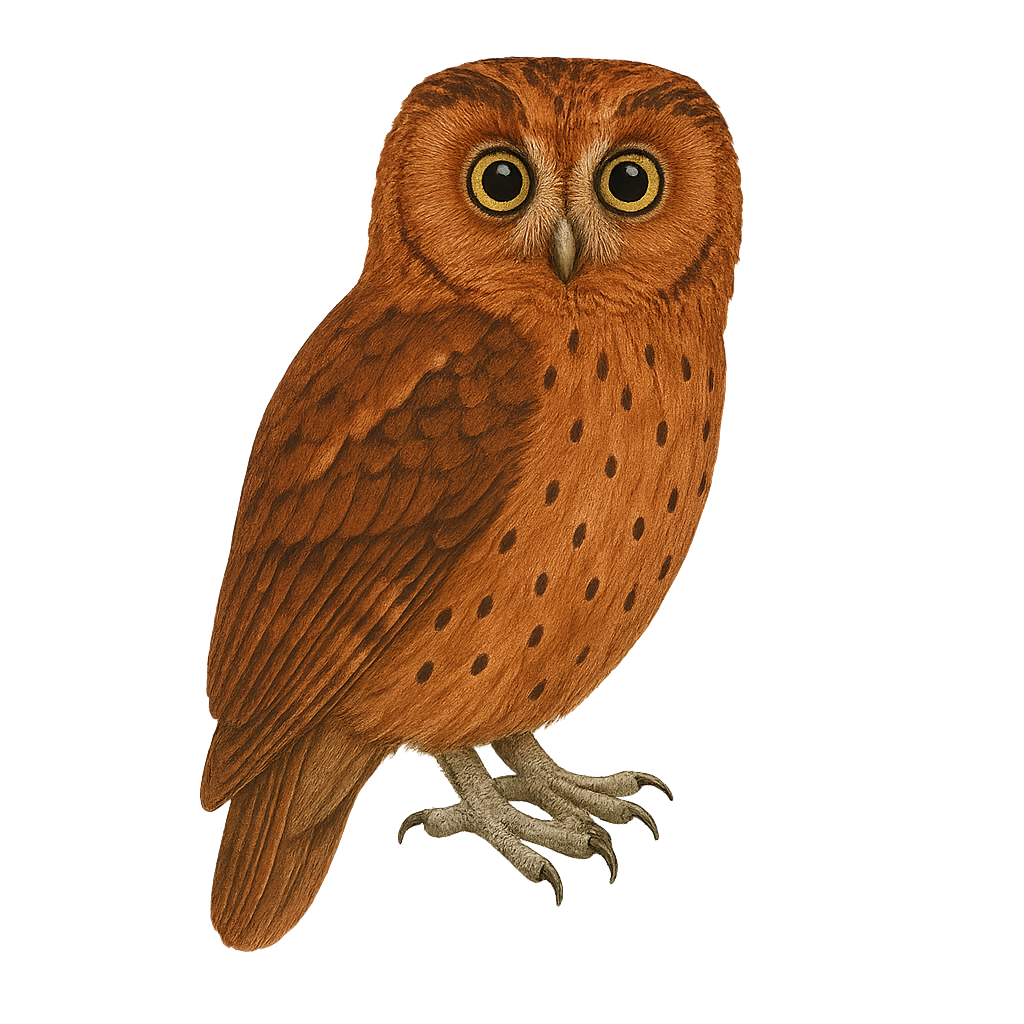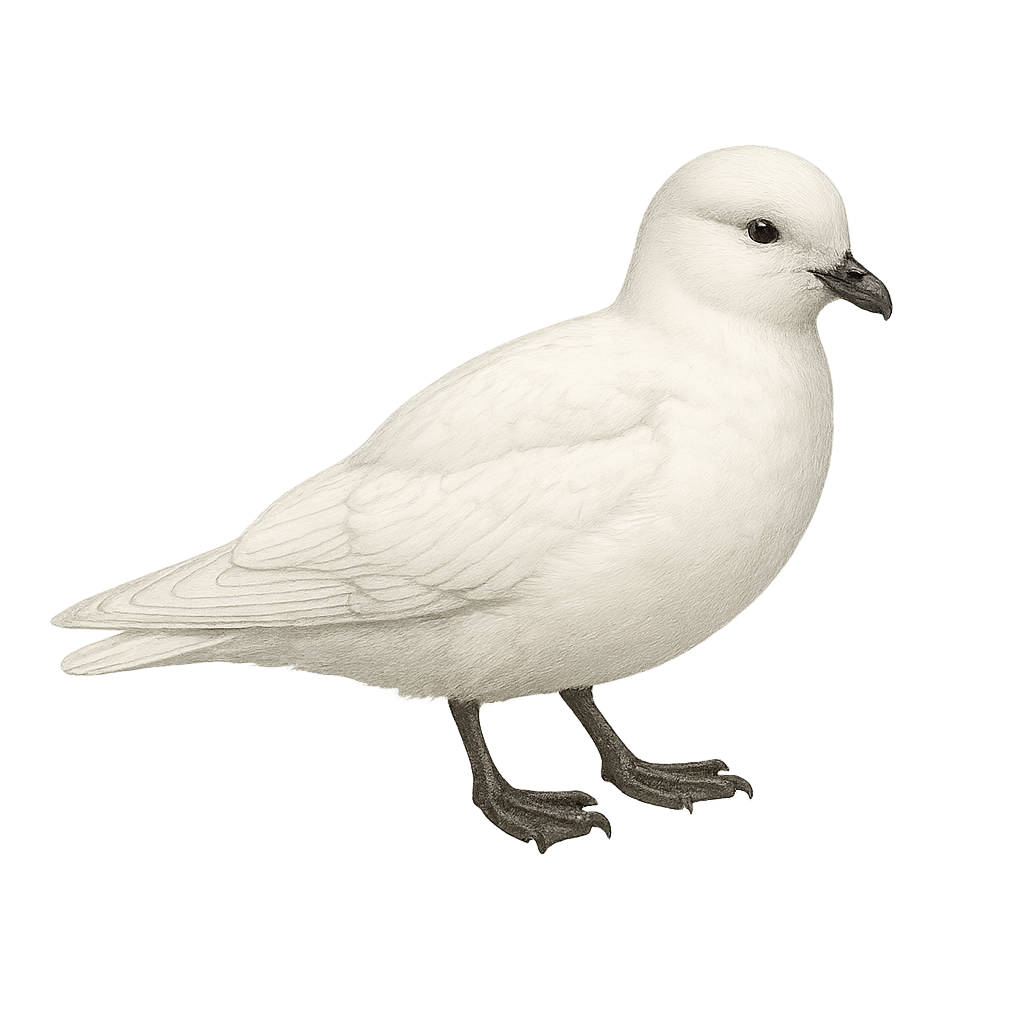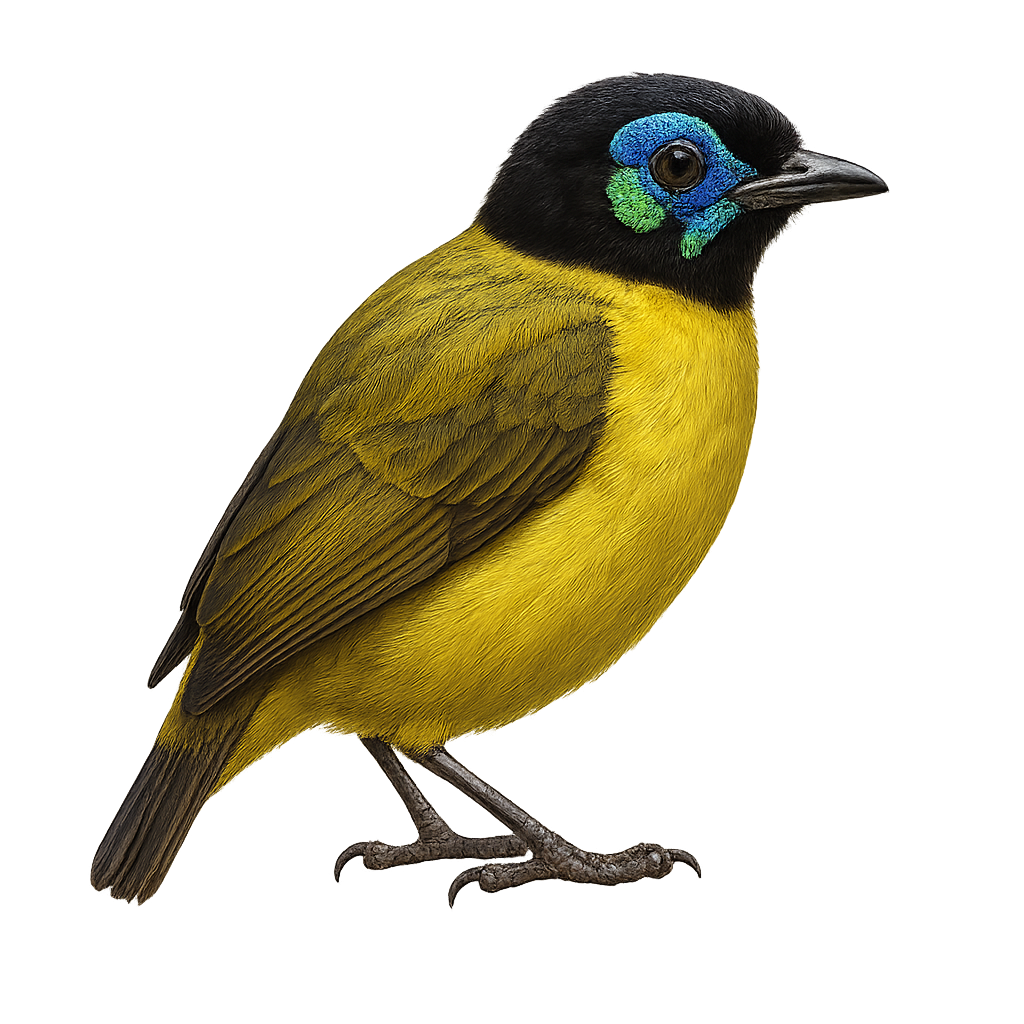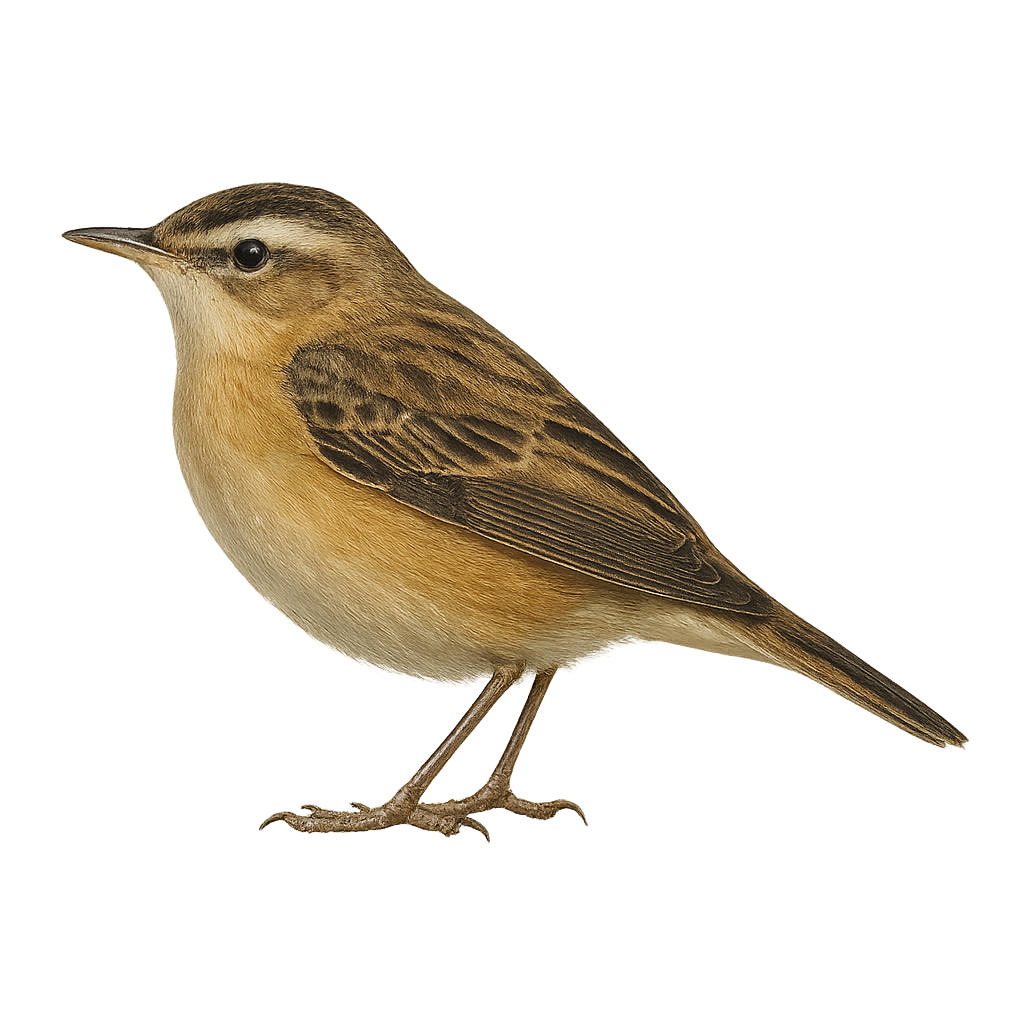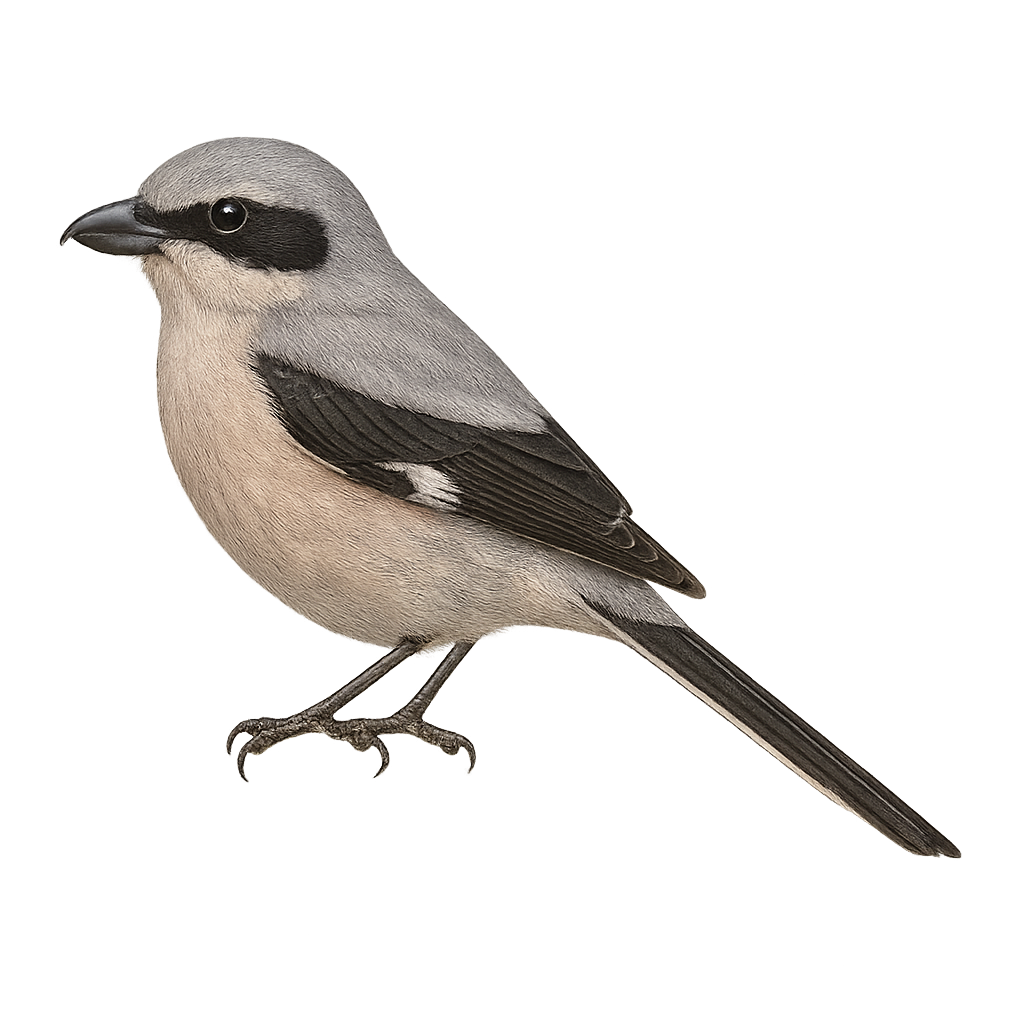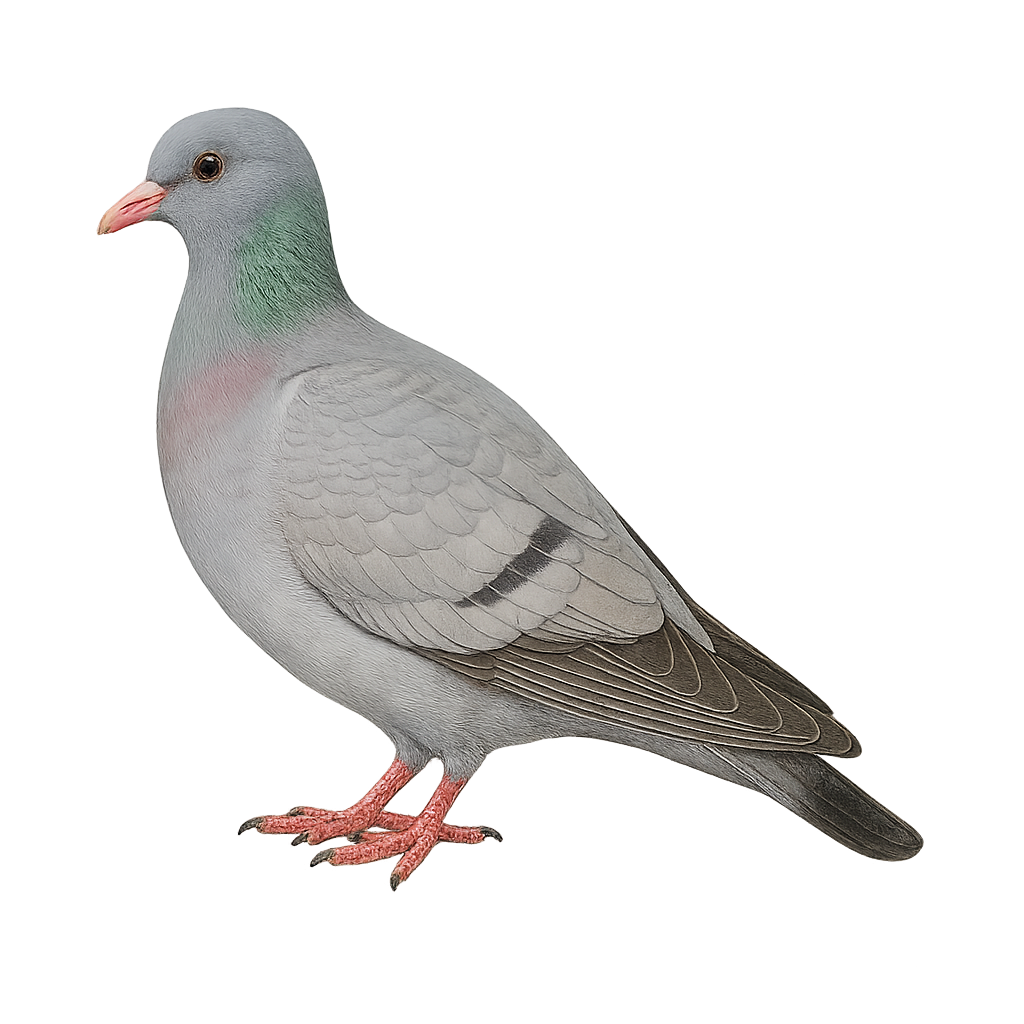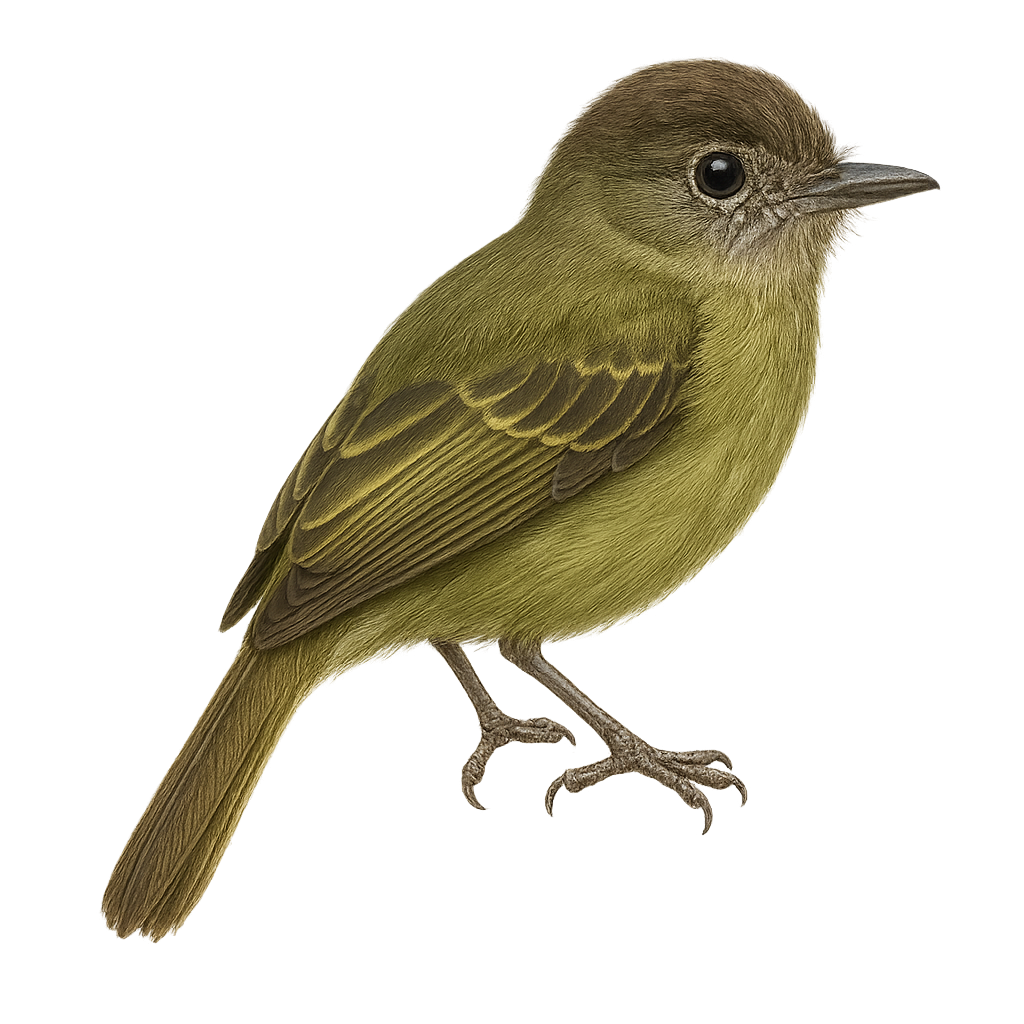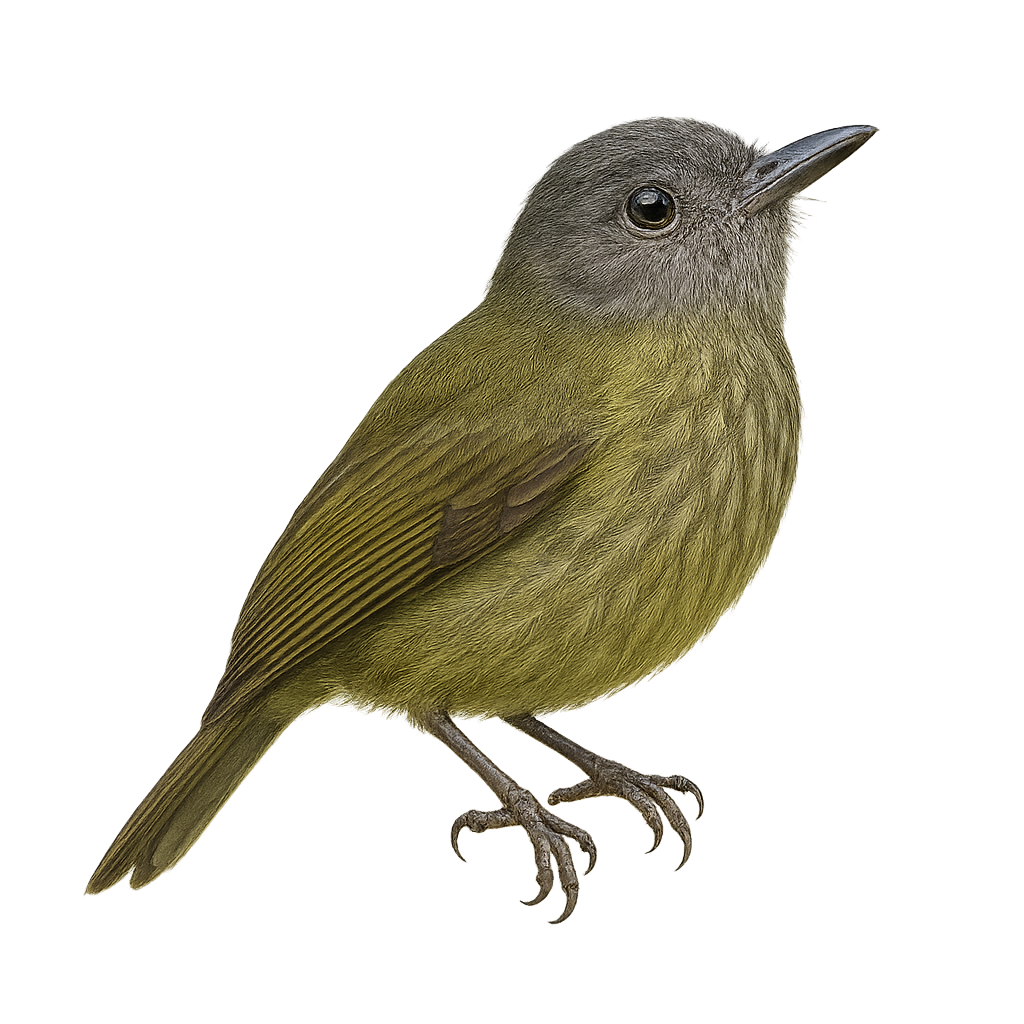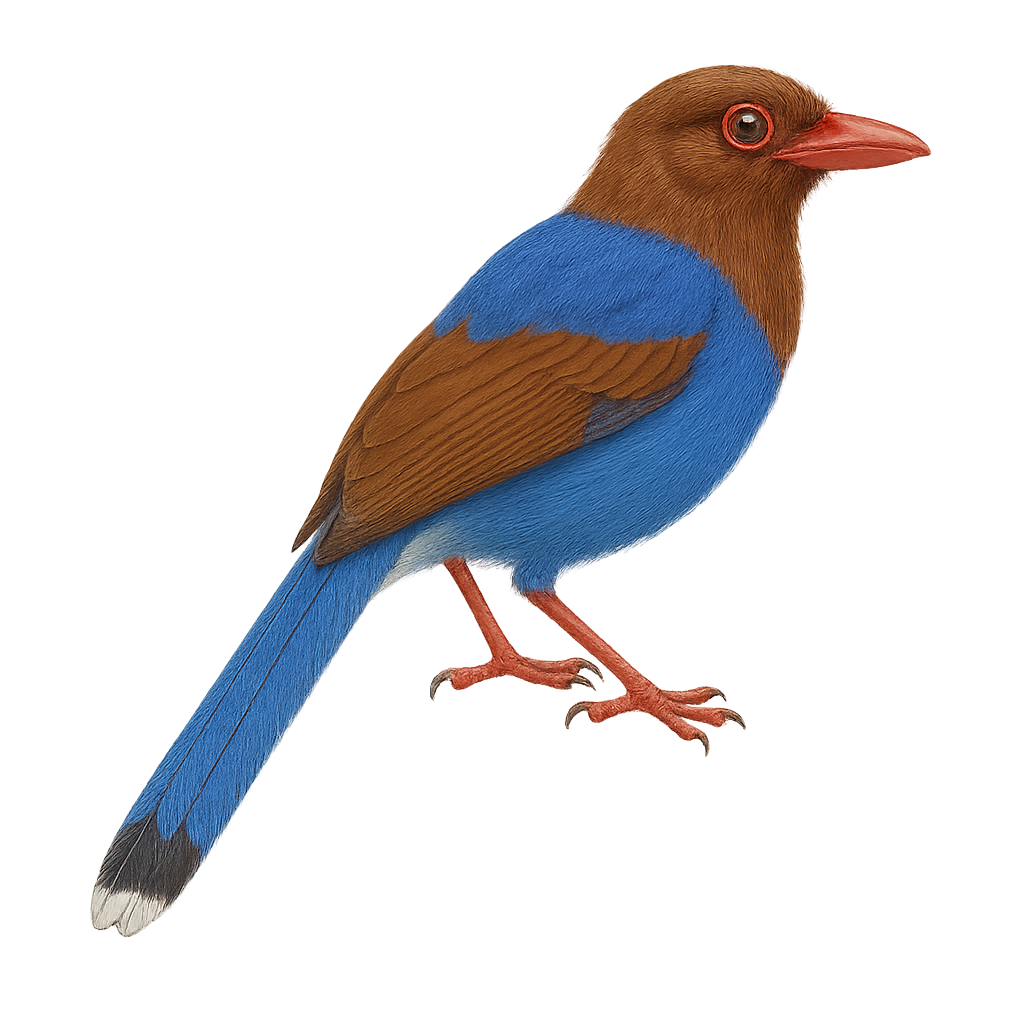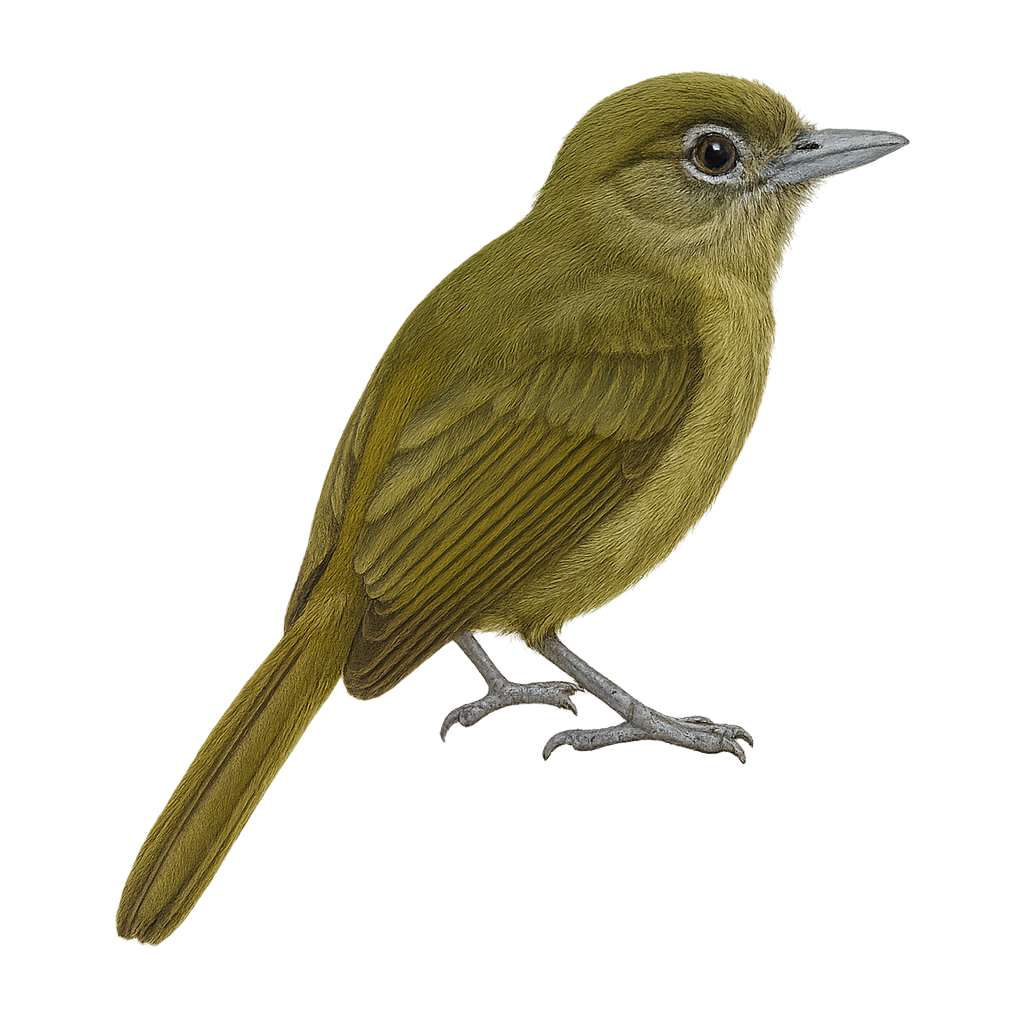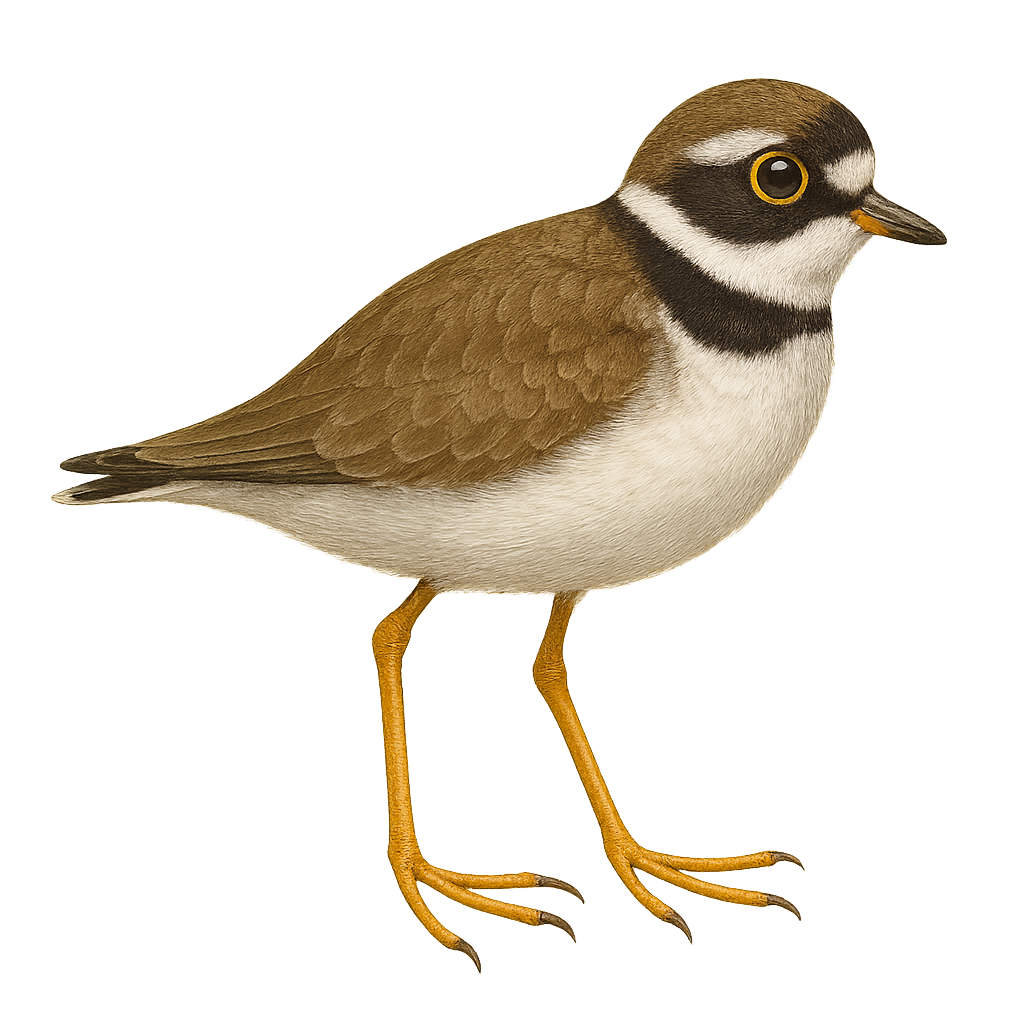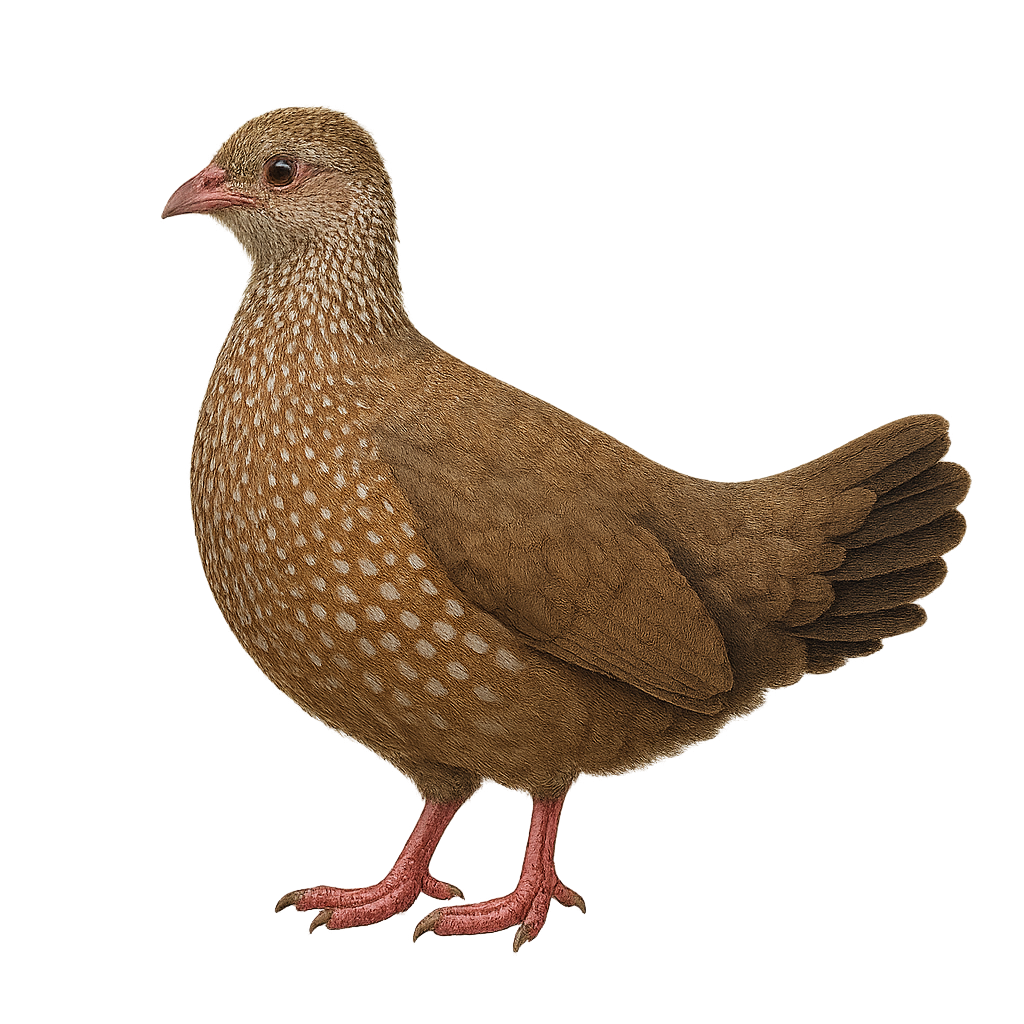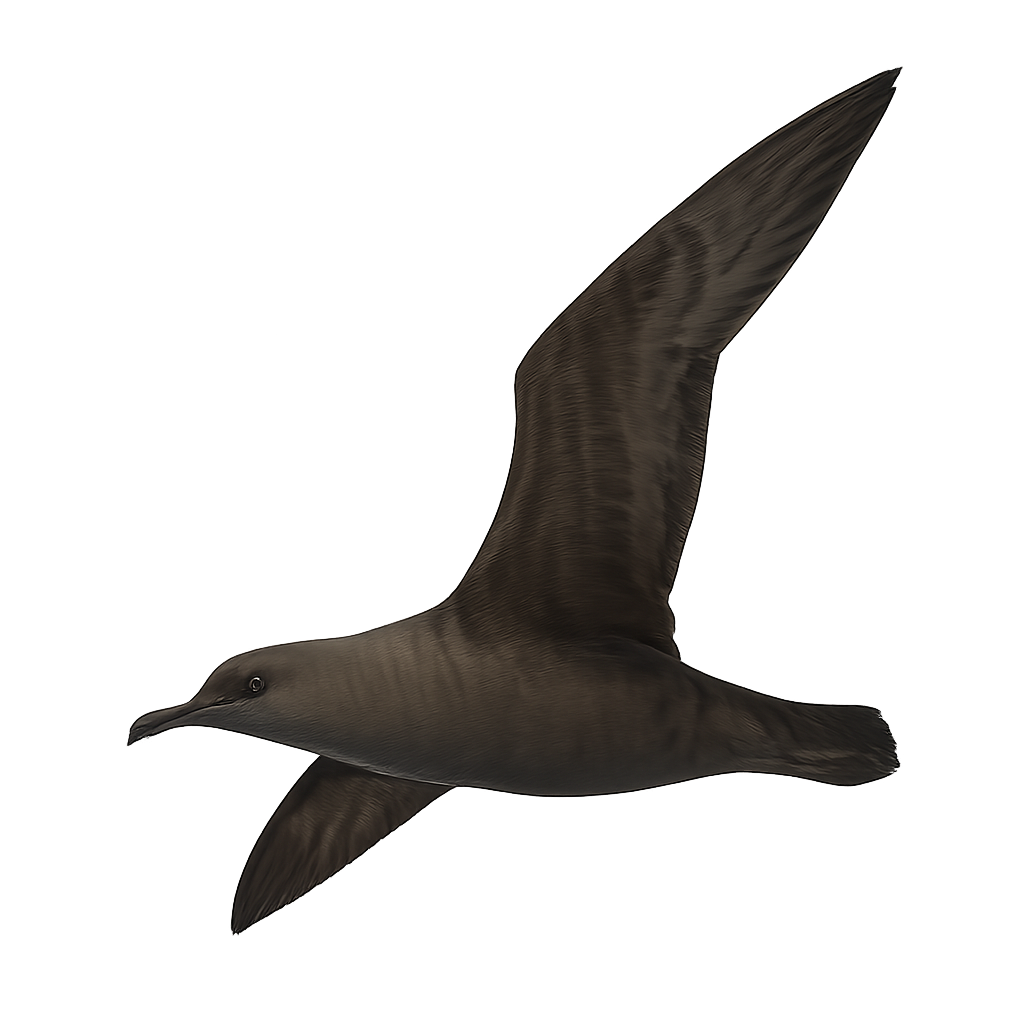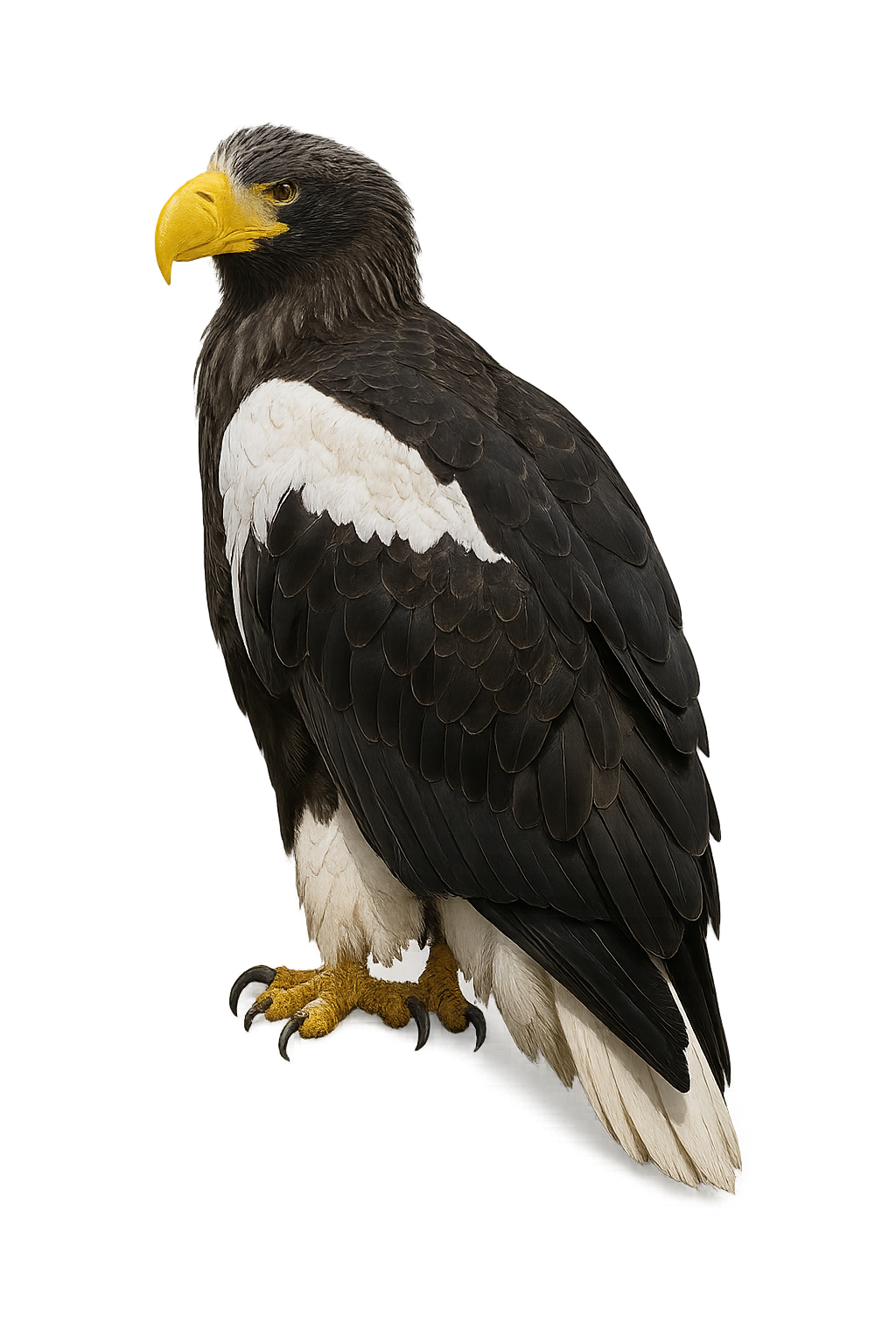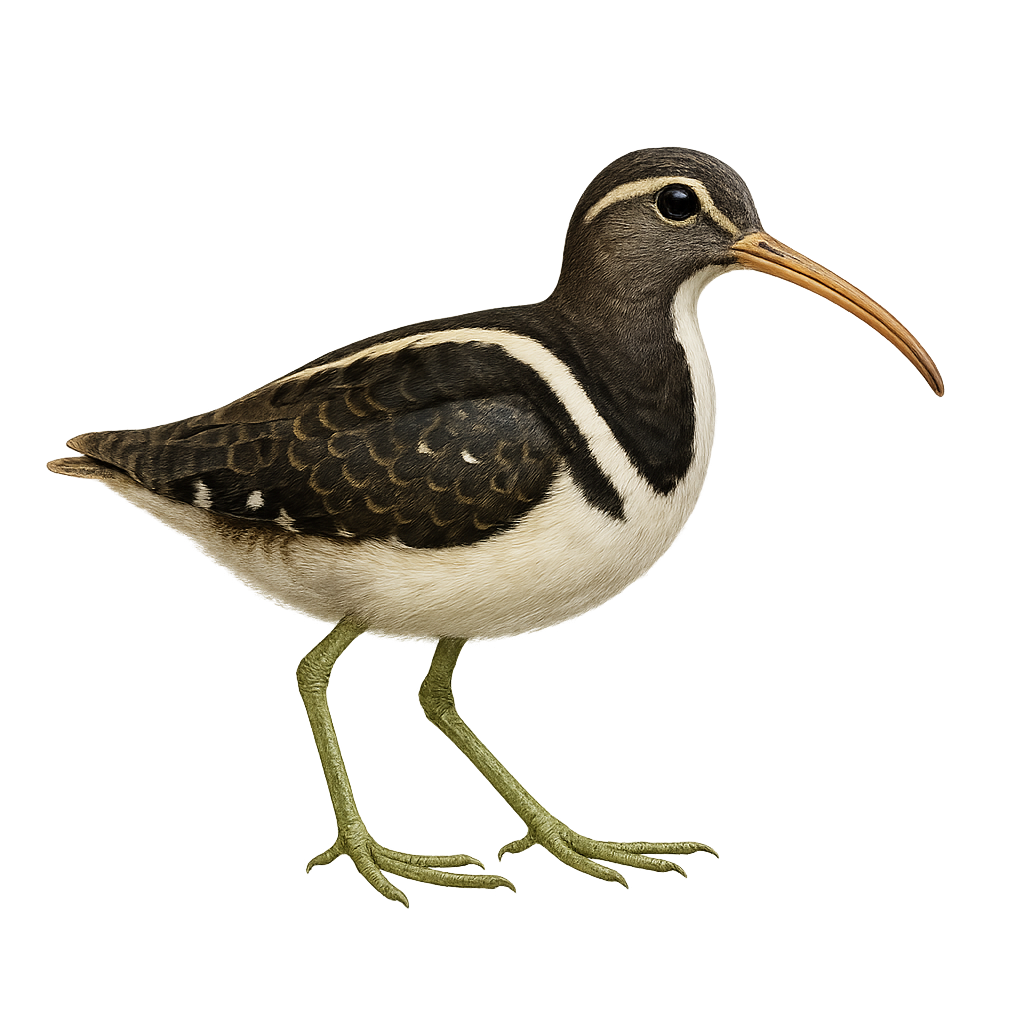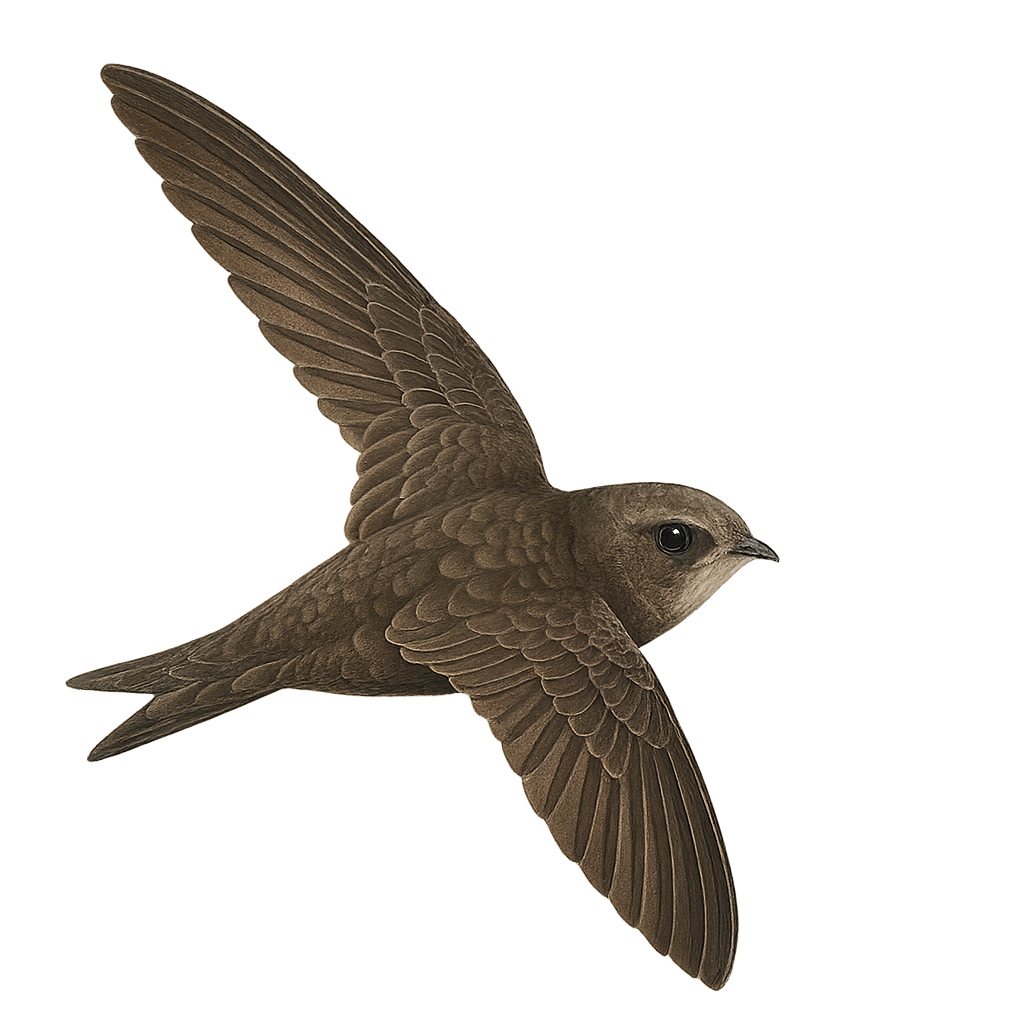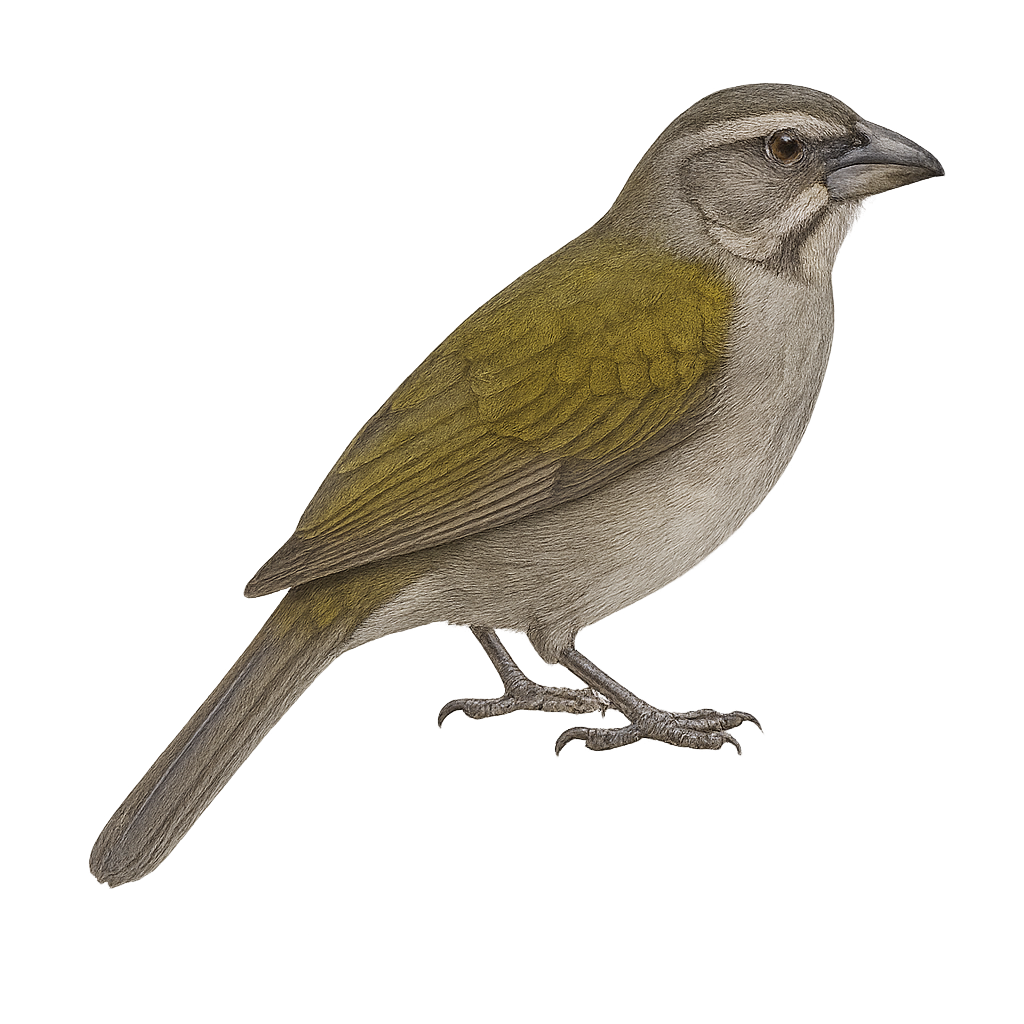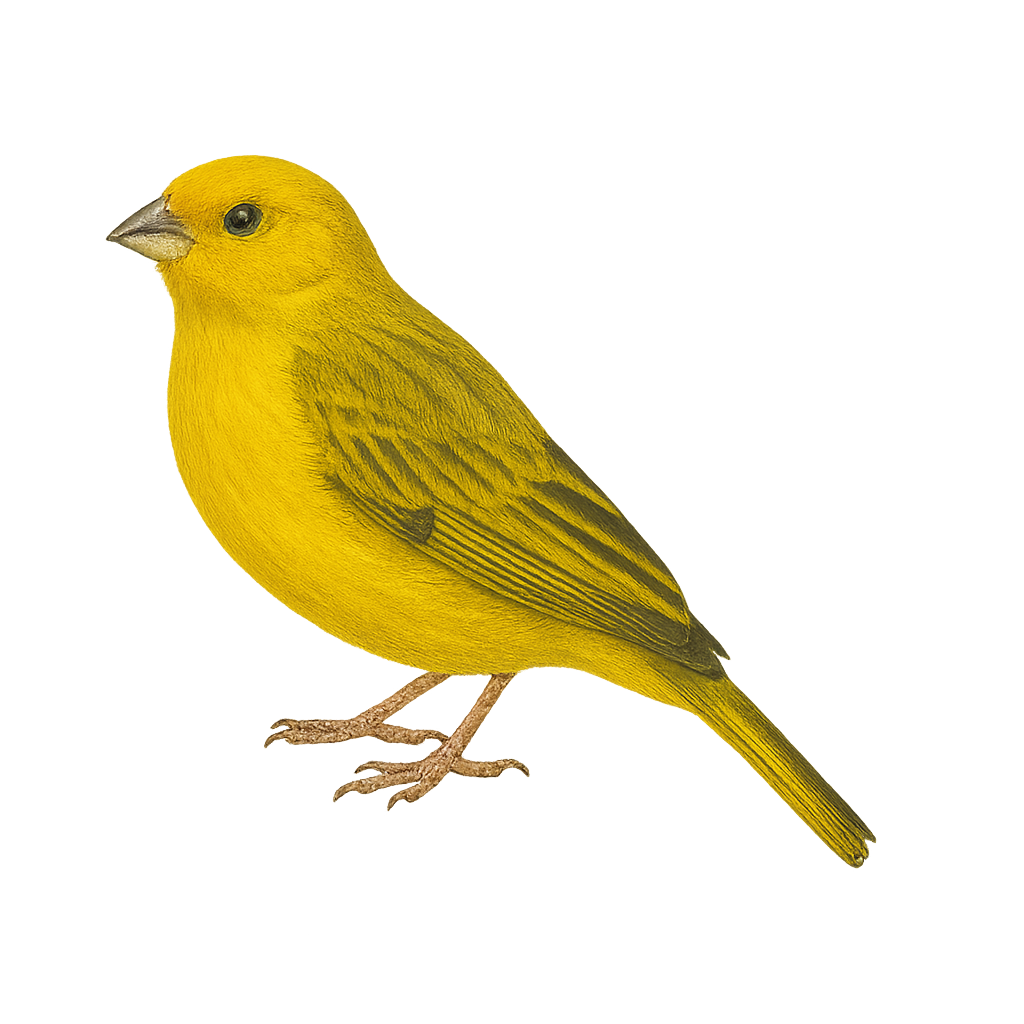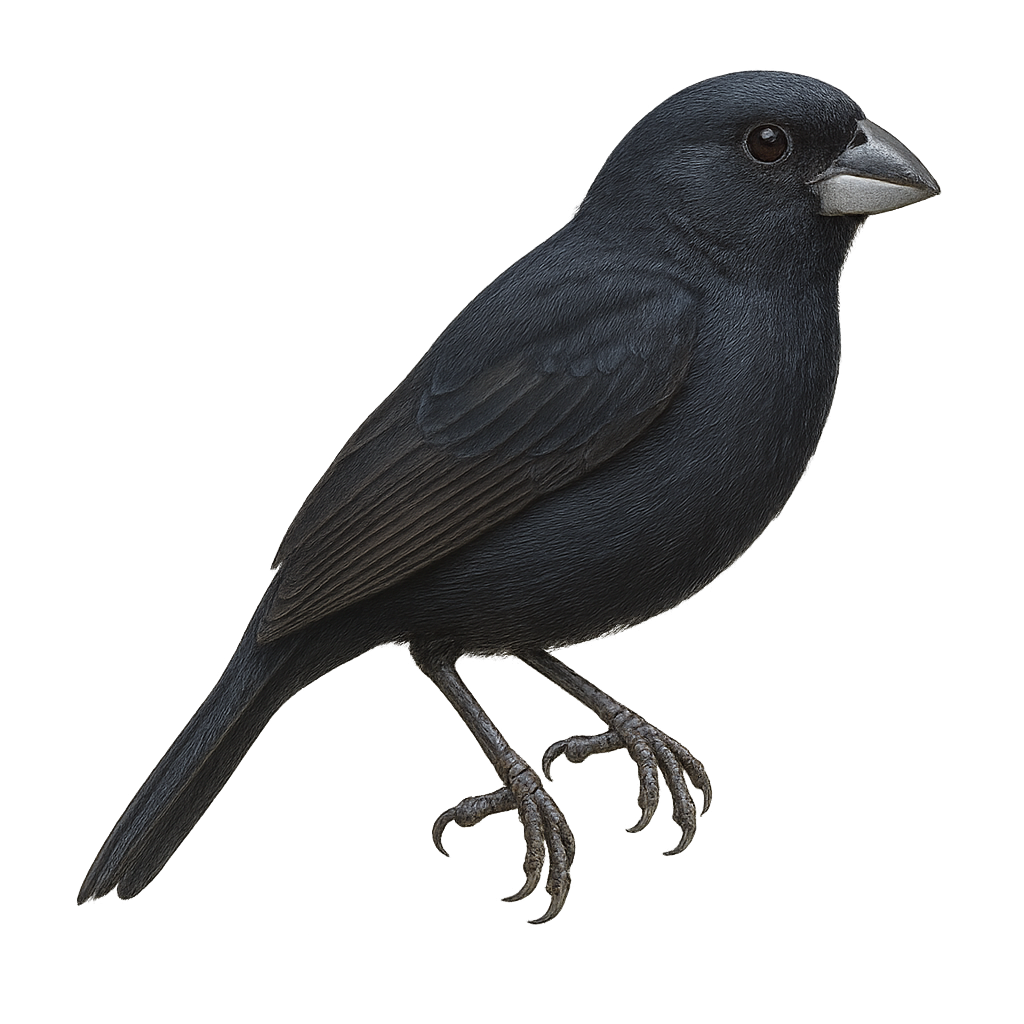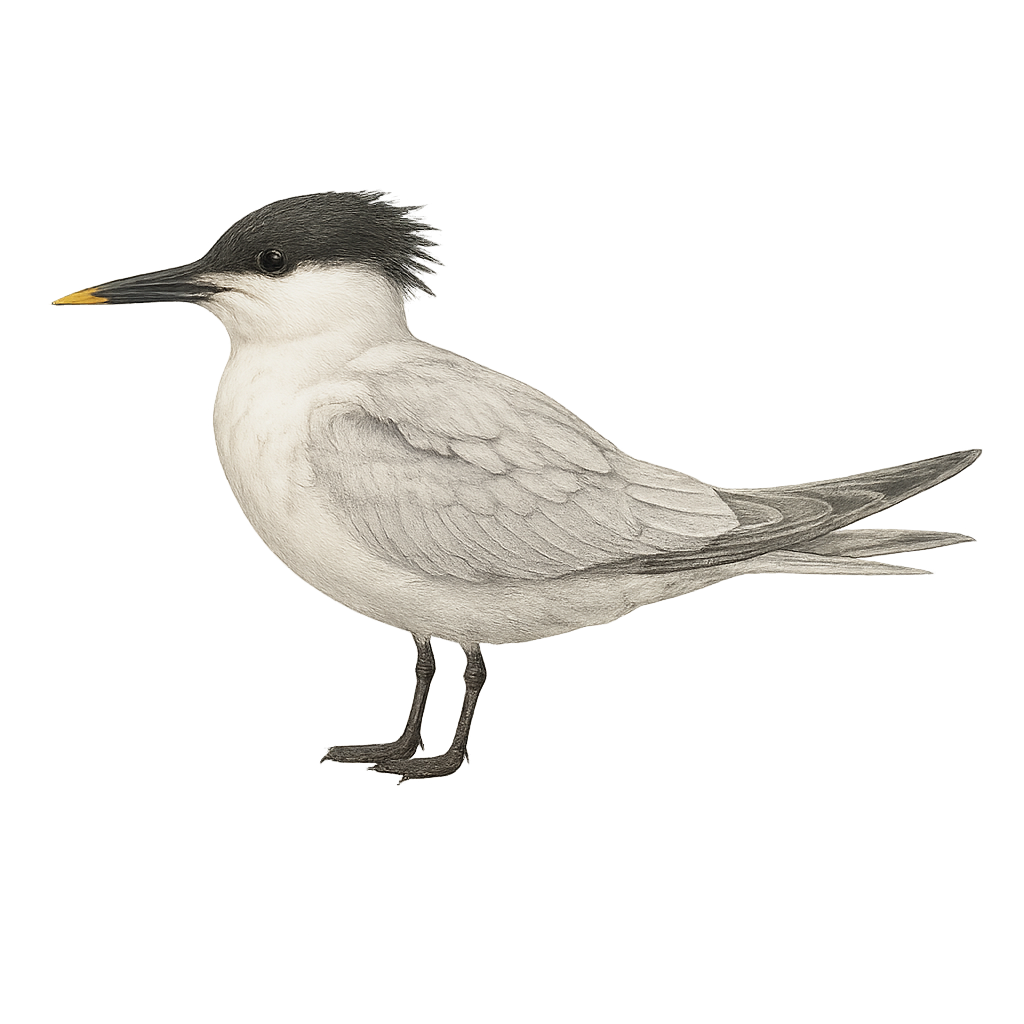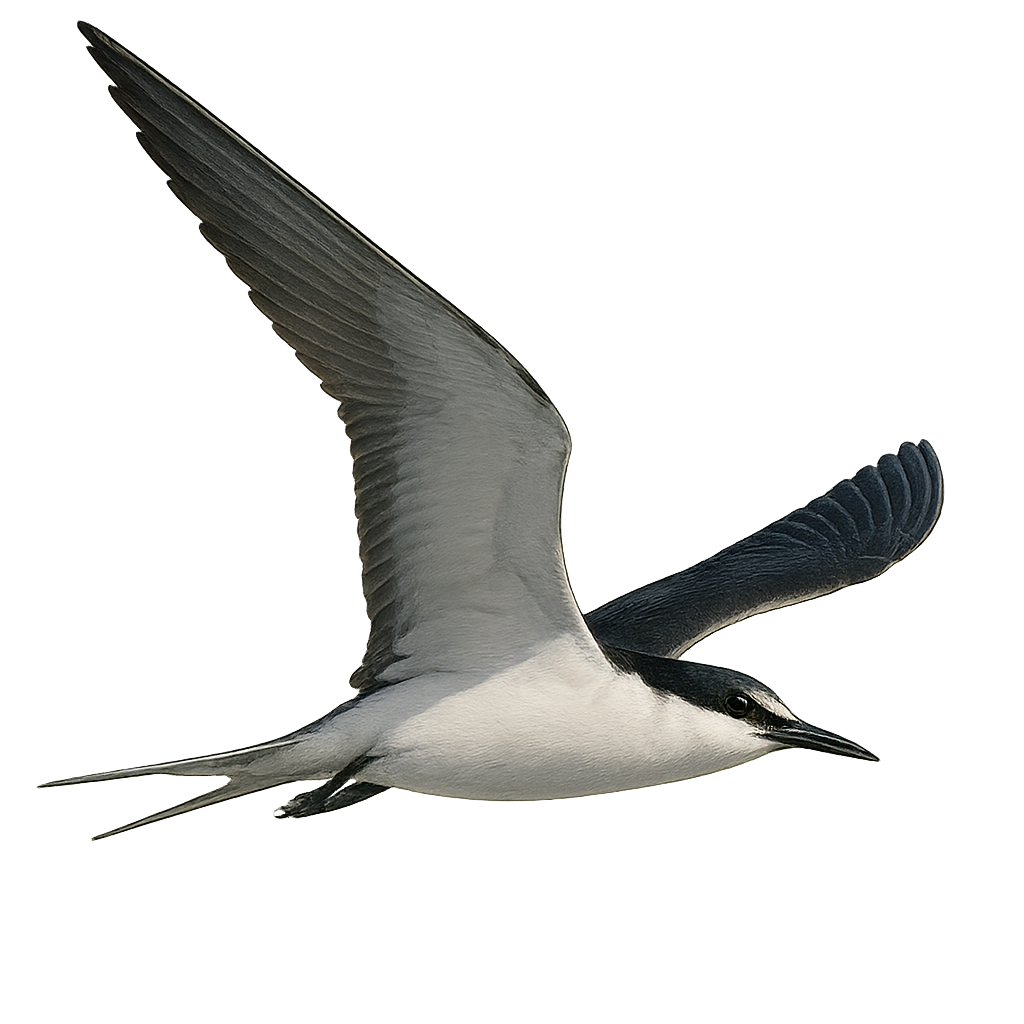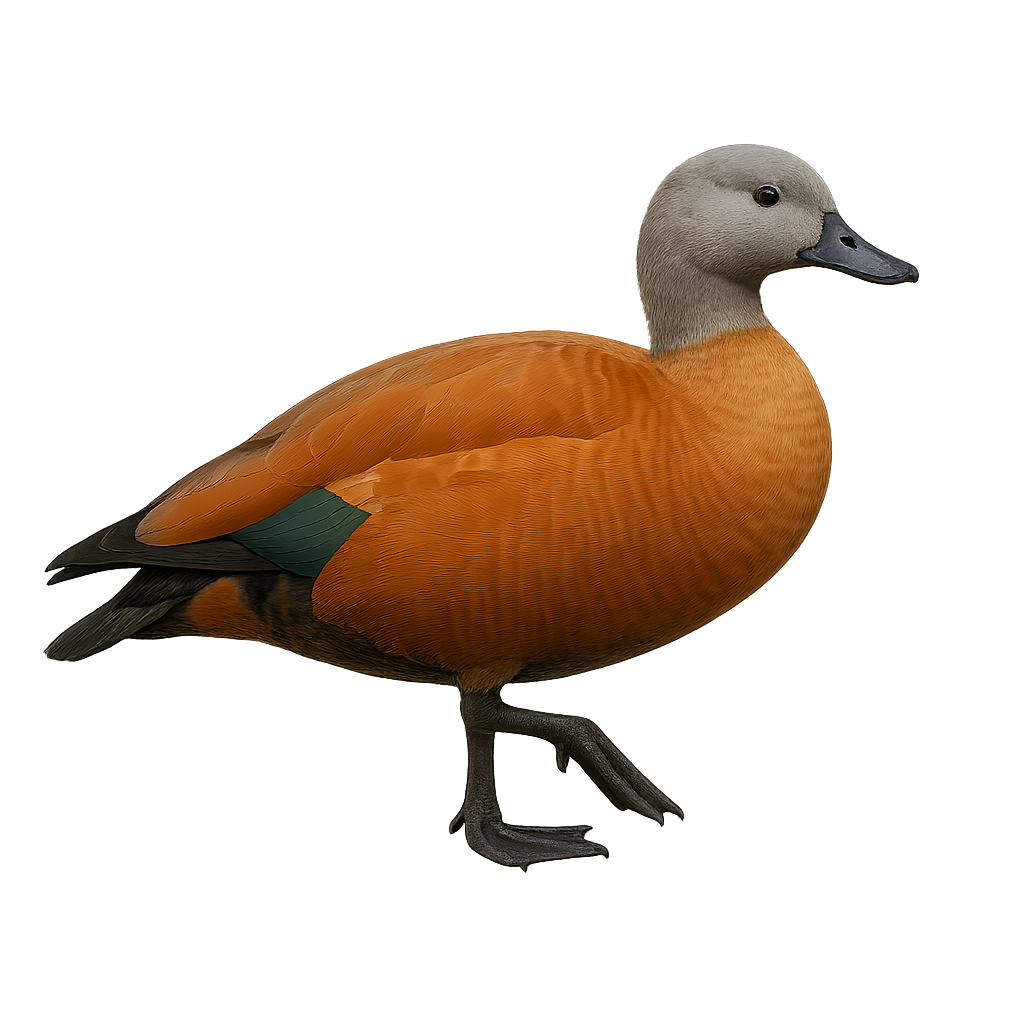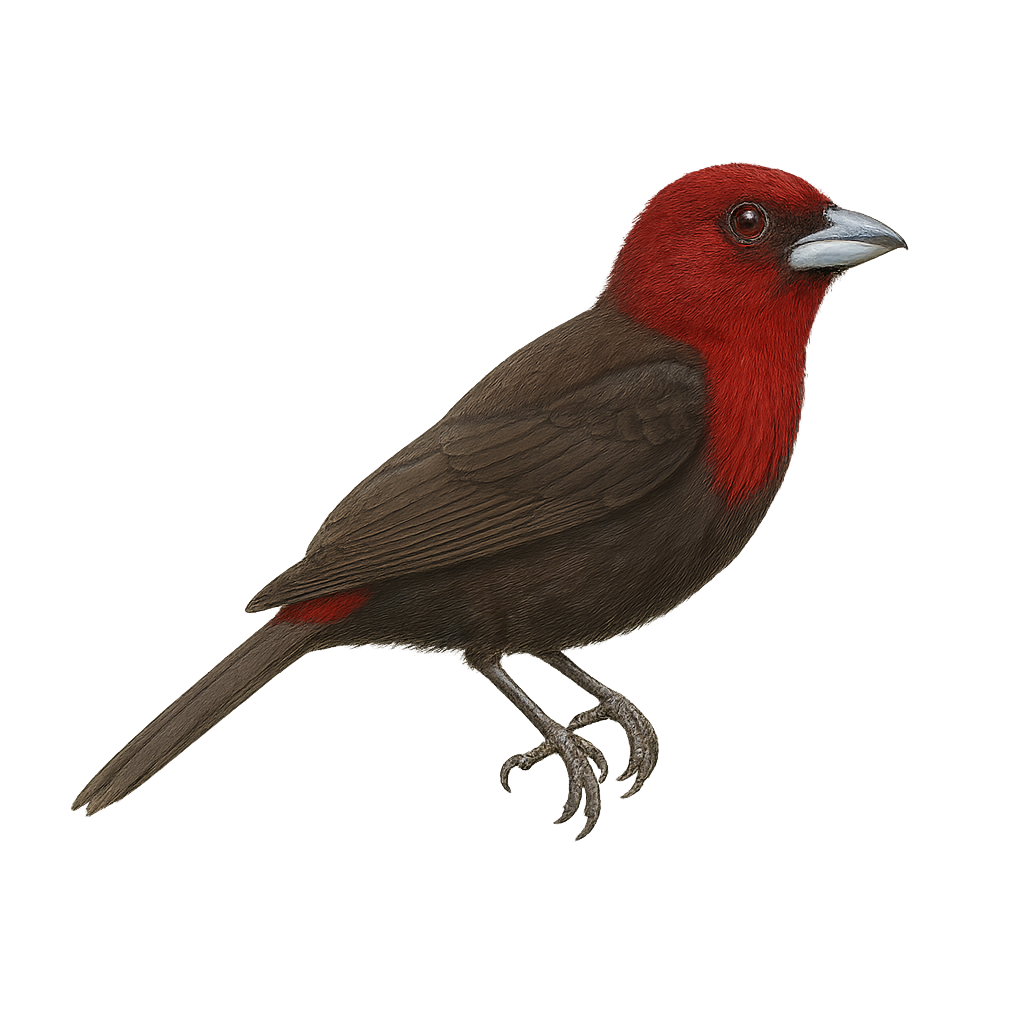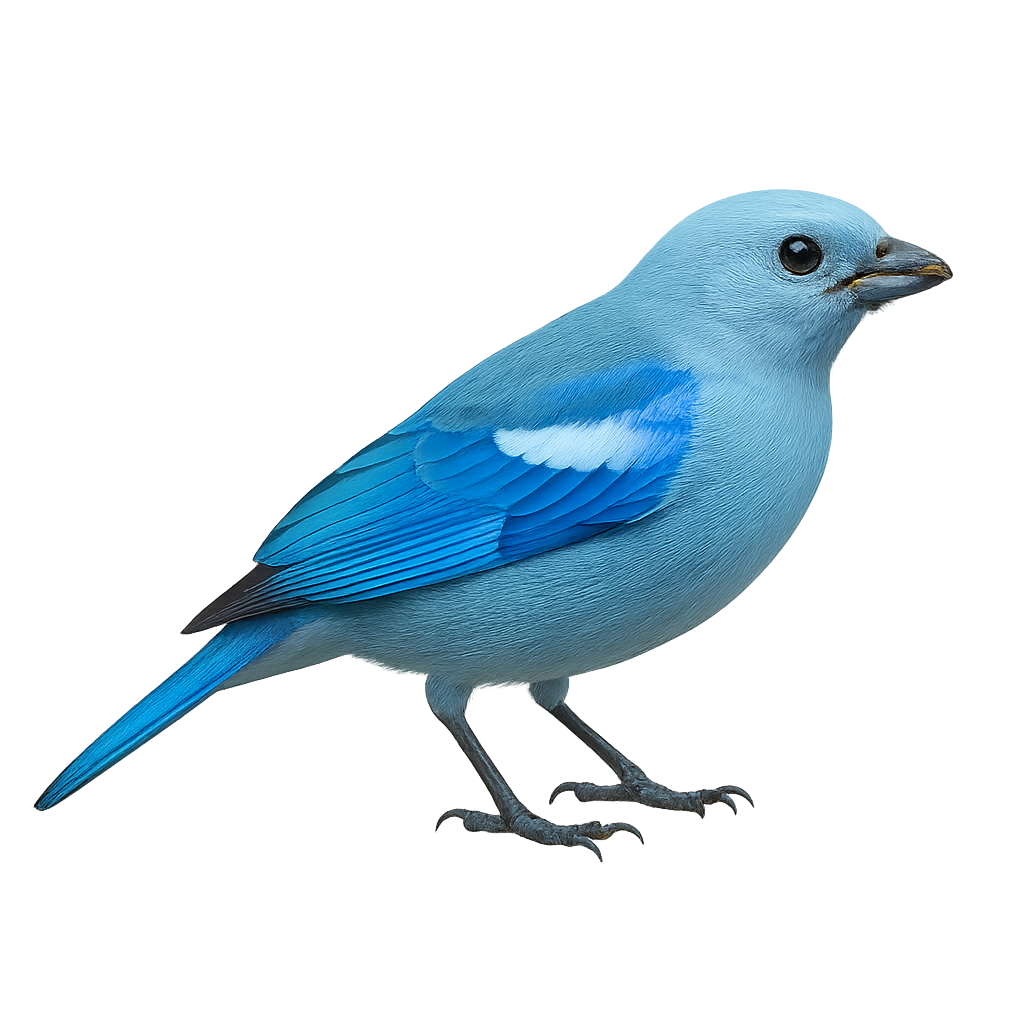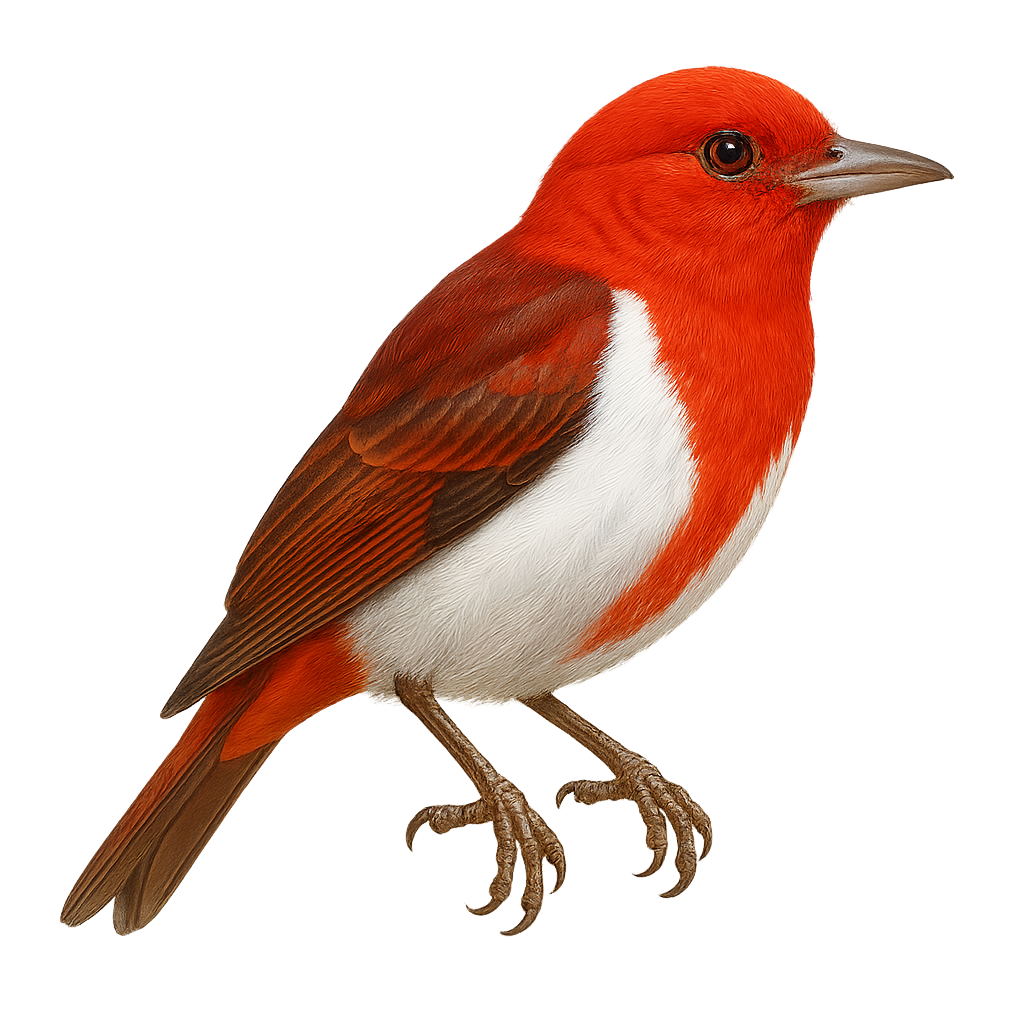The Sokoke Scops Owl, or Otus ireneae, is a small nocturnal bird of prey endemic to the coastal forests of eastern Africa, particularly in Kenya and Tanzania. This elusive owl is notable for its modest size, measuring about 16 to 18 cm in length. Its plumage is primarily brown with streaked patterns that allow it to blend seamlessly into its wooded environment. The piercing yellow eyes and subtle ear tufts are characteristic of this species. The Sokoke Scops Owl is an opportunistic predator, feeding mainly on insects and small invertebrates. It is often heard rather than seen, thanks to its soft, repetitive call. This species is currently classified as vulnerable due to deforestation and habitat loss.
The Snow Petrel, Pagodroma nivea, is a marine bird iconic to the Antarctic regions. It is distinguished by its entirely white plumage, which allows it to blend into the icy landscapes. Measuring about 30 to 40 cm in length with a wingspan of 75 to 95 cm, it is perfectly adapted to the extreme conditions of its habitat. Its black beak and dark eyes contrast with its immaculate plumage. The Snow Petrel feeds mainly on krill, fish, and squid, which it captures by diving into the icy waters. It nests on rocky cliffs, where it lays a single egg per year. This bird is a symbol of resilience and adaptation to the most hostile environments on our planet.
The Schlegel's Asity is an endemic bird of Madagascar, known for its vibrant plumage and unique breeding behaviors. Males display bright yellow colors with blue ornaments around the eyes, while females are more subdued with green and brown hues. These birds primarily inhabit the humid tropical forests of northern Madagascar, where they feed on fruits and insects. Their song is melodious and complex, often used to attract mates during the breeding season. Although their population is stable, deforestation poses a potential threat to their natural habitat.
The Sedge Warbler is a small passerine bird from the Acrocephalidae family, commonly found in marshes and wetlands across Europe and Asia. It is characterized by its brown plumage with black streaks on the back and a lighter underside. Its song is a complex mix of trills and whistles, often delivered from a high perch. A migratory species, it winters in sub-Saharan Africa. It feeds mainly on insects and spiders, which it catches in dense vegetation. During the breeding season, the male builds several nests to attract a female. The final nest is often located in reeds or low bushes, well hidden to protect the eggs and young from predators.
The Squirrel Cuckoo, or Piaya cayana, is an elegant and slender bird, recognizable by its reddish-brown plumage and long tail striped with white. It primarily inhabits the tropical and subtropical forests of Central and South America. This cuckoo is often seen moving agilely through the canopy, searching for insects and small vertebrates. Although generally solitary, it can sometimes be seen in small groups. Its call is a soft whistle, often heard at dusk. The Squirrel Cuckoo is a fascinating bird due to its discreet behavior and ability to blend into its environment, making it sometimes difficult to spot despite its relatively large size.
The Southern Grey Shrike is a medium-sized bird, recognizable by its grey and white plumage, with black wings and a distinctive black band across the eyes. It is often seen perched on bushes or wires, watching for prey. This bird is a formidable predator, feeding mainly on insects, small mammals, and other birds. It is known for impaling its prey on thorns or barbed wire, a technique that allows it to store food. The Southern Grey Shrike is a territorial bird, often solitary, except during the breeding season when it forms pairs.
The Stock Dove, Columba oenas, is a medium-sized bird, measuring about 32 to 34 cm in length with a wingspan of 60 to 66 cm. It is characterized by its uniform blue-grey plumage, lacking the white markings seen in other pigeons. Its nape shows iridescent green and purple hues. It inhabits open woodlands, parks, and agricultural areas, often near water. The Stock Dove is a discreet bird, often seen in small groups. It feeds mainly on seeds, berries, and young shoots. Its call is a soft, repetitive cooing. It nests in tree cavities, sometimes in abandoned buildings.
The Sepia-capped Flycatcher, scientifically known as Leptopogon amaurocephalus, is a small bird from the Tyrannidae family. It is characterized by its dark brown head and lighter underparts. This modest-sized bird is often hard to spot in its natural habitat due to its discreet plumage. It is primarily found in the tropical and subtropical forests of South America, where it feeds on insects. Its song is a gentle whistle, often heard before the bird is seen. This passerine is a perfect example of adaptation to its environment, using its plumage to blend into dense foliage. Although not threatened, preserving its habitat is crucial for its survival.
The Streak-necked Flycatcher, or Mionectes striaticollis, is a small bird from the Tyrannidae family. It is characterized by its olive-brown plumage with distinctive white streaks on its neck and chest, giving it a unique appearance. This bird is primarily found in the humid forests of the Andes, where it feeds on insects and fruits. Known for its active behavior and melodious song, the Streak-necked Flycatcher is a diurnal bird often seen darting through the canopy. Although relatively tolerant of human presence, it prefers dense habitats where it can easily hide. Its population is stable, and it is not considered threatened.
The Sri Lanka Blue Magpie, Urocissa ornata, is an endemic bird of Sri Lanka, known for its striking blue plumage and long tail. It features a chestnut-brown head and neck, contrasting with its vivid blue body. Its red eyes and bright orange beak add to its striking appearance. It primarily inhabits montane rainforests, feeding on fruits, insects, and small vertebrates. Sociable in nature, it lives in family groups and is known for its varied vocalizations. Although its habitat is limited, it adapts well to secondary forests. However, deforestation poses a threat to its population, classified as vulnerable by the IUCN.
The Short-billed Flycatcher, or Rhynchocyclus brevirostris, is a small bird from the Tyrannidae family, primarily found in the humid tropical forests of Central and South America. It is recognizable by its short, broad bill, adapted for catching insects in flight. Its plumage is generally olive green above and paler below, allowing it to blend into the dense foliage. It is often seen alone or in pairs, actively moving in search of food. Its song is discreet, composed of soft, repetitive notes. Although its habitat is threatened by deforestation, it remains relatively common within its range.
The Semipalmated Plover, Charadrius semipalmatus, is a small shorebird recognized by its brown back and white belly, with a distinctive black band across its chest. It has a short, orange bill with a black tip and orange legs. It inhabits beaches, mudflats, and sandy shores, feeding primarily on insects, worms, and small crustaceans. A migratory bird, it breeds in the Arctic and winters along the American coasts, from the southern United States to South America. Its call is a soft "chu-weet" often heard in coastal habitats.
The Stone Partridge, scientifically known as Ptilopachus petrosus, is a medium-sized terrestrial bird belonging to the Odontophoridae family. It is primarily found in rocky regions and open savannas of West and Central Africa. This bird is recognizable by its speckled brown plumage, which provides effective camouflage in its natural habitat. The Stone Partridge is a social bird, often seen in small groups. It primarily feeds on seeds, insects, and small invertebrates. Although capable of flight, it prefers to run to escape predators. Its breeding season varies by region but is generally influenced by the rainy season.
The Sooty Shearwater is a medium-sized seabird known for its dark brown plumage and long, slender wings. It is often seen gliding close to the ocean waves, skillfully using air currents to travel great distances. This tireless migrator covers thousands of kilometers between its breeding sites in the southern hemisphere and feeding areas in the northern hemisphere. It nests mainly on remote islands, digging burrows in the ground to lay a single egg. The Sooty Shearwater feeds primarily on fish and squid, diving underwater to catch its prey. Although its population is still large, it is threatened by industrial fishing and climate change.
The Steller's Sea Eagle is a large raptor primarily found along the coasts of Northeast Asia, particularly in Russia and Japan. It measures about 85 to 105 cm in length, with a wingspan of 2.2 to 2.5 meters, and weighs between 4 and 9 kg, making it one of the largest eagles in the world. Its plumage is primarily dark brown with a white head and pale yellow beak. The Steller's Sea Eagle is an excellent fisherman, primarily feeding on fish, but it also hunts seabirds and marine mammals. It prefers coastal areas and islands where it can find its food and is often seen flying over the seas or resting on rocks or trees. While its population remains relatively stable, this species is vulnerable to habitat loss due to human activity, climate change, and ocean pollution.
The South American Painted-snipe, or Nycticryphes semicollaris, is a medium-sized aquatic bird known for its distinctive plumage and elusive habits. It features brown plumage with white and black patterns and a partial collar that gives it its name. This bird is primarily nocturnal and crepuscular, feeding on insects and small invertebrates found in wetlands. It is mainly found in South America, particularly in Argentina, Paraguay, and southern Brazil. The South American Painted-snipe prefers marshes, wet meadows, and lake edges, where it can easily blend in with its surroundings. Although its conservation status is not of concern, it is often difficult to spot due to its discreet behavior and often inaccessible habitat.
The Seychelles Swiftlet, or Collocalia elaphra, is a small bird endemic to the Seychelles islands. This member of the Apodidae family is characterized by its brownish-grey plumage and its ability to fly swiftly and agilely. It primarily feeds on insects caught in flight. Seychelles Swiftlets often nest in caves or cliffs, using their saliva to build nests. Their population is relatively stable, though confined to their insular habitat. These birds are particularly active during the day, often flying in groups. Their behavior is generally suspicious, making observation challenging for amateur ornithologists.
The Streaked Saltator, scientifically known as Saltator albicollis, is a medium-sized bird belonging to the Thraupidae family. It is characterized by its olive-green back and white throat, which gives it its name. Its chest is gray with dark streaks, and it has a strong beak suited for its primarily seed-based diet. Found mainly in the tropical and subtropical forests of Central and South America, it is often seen in small groups. Although relatively discreet, its melodious song is easily recognizable. This bird plays an important role in seed dispersal, aiding in forest regeneration.
The Saffron Finch, or Sicalis flaveola, is a small bird with a striking bright yellow plumage, accented with olive-green shades on its wings and back. Native to South America, it is often found in savannas, agricultural areas, and urban gardens. This passerine is known for its melodious song and adaptability to various environments. Males display more vibrant colors than females, making them easily identifiable. Their diet mainly consists of seeds, but they also consume insects. The Saffron Finch is a sociable bird, often seen in small groups, especially outside the breeding season.
The Scarlet-chested Sunbird, Chalcomitra senegalensis, is a striking bird from the Nectariniidae family. Males are easily identified by their vivid red chest and metallic green back, while females are more subdued with brown and gray tones. They primarily feed on nectar but also consume insects, especially during breeding season. Found in diverse habitats from savannas to open forests, they often stay near water sources. Known for their swift flight and melodious songs, these birds are a delight to observe. Although their conservation status is currently of concern, they remain relatively common within their range.
The Slate-colored Seedeater, or Sporophila funerea, is a small seed-eating bird found primarily in Central America, particularly in Costa Rica and Panama. Its plumage is mostly slate-colored, with lighter shades on the belly. Males and females exhibit sexual dimorphism, with females having browner tones. This bird prefers open habitats such as grasslands and agricultural areas, where it primarily feeds on seeds. It is often seen in small groups, especially outside the breeding season. Although its song is subtle, it plays an important role in communication between individuals.
The Sandwich Tern, Sterna sandvicensis, is an elegant seabird known for its white plumage, black cap, and black bill with a yellow tip. It inhabits European and African coasts, nesting in colonies on beaches, islands, and lagoons. It primarily feeds on fish, which it catches by skillfully diving. As a migratory bird, it travels long distances between breeding sites and wintering grounds. The Sandwich Tern is an indicator of coastal ecosystem health, and its conservation is vital in the face of threats like pollution and human disturbance.
The Sooty Tern, or Onychoprion fuscatus, is a medium-sized tern known for its striking black and white plumage. Its upper parts are predominantly black, while the underparts are white, creating a sharp contrast. The black, slender bill is well-suited for its diet of fish and squid. Sooty Terns are gregarious seabirds, often seen in large flocks, especially during the breeding season. They nest mainly on tropical and subtropical islands, forming extensive colonies. Their flight is swift and agile, characterized by rapid wing beats and graceful glides. Although they spend most of their lives at sea, they return to land to breed, typically laying a single egg per season.
The Aplonis grandis, or San Cristobal Starling, is a bird endemic to the Solomon Islands, particularly San Cristobal Island. It is distinguished by its glossy black plumage and bright red eyes, making it easily identifiable. This bird measures about 24 to 26 cm in length and primarily feeds on fruits and insects. It is often observed in small groups, moving through tropical rainforests and wooded areas. Although its habitat is limited, it adapts well to environmental changes, allowing it to maintain a stable population. However, deforestation poses a potential threat to its natural habitat.
The South African Shelduck, or Tadorna cana, is a medium-sized duck known for its greyish head and reddish-brown plumage. Males and females exhibit marked sexual dimorphism, with males having a lighter head. They primarily inhabit the wetlands of southern Africa, including South Africa, Lesotho, and Namibia. These birds prefer lakes, marshes, and rivers but can also be found in open grasslands. They are often seen in pairs or small groups. Their diet mainly consists of aquatic plants, insects, and small invertebrates. Although their population is stable, they are sometimes threatened by habitat loss and hunting.
The Silver-beaked Tanager, or Ramphocelus carbo, is a medium-sized bird known for its striking plumage. The male features a bright red back contrasting with a black belly, while the female displays more subdued tones. It is primarily found in the humid tropical forests of South America, particularly in the Amazon. This bird is often seen in small groups, feeding on fruits and insects. Its melodious song and vibrant colors make it a favorite among birdwatchers and photographers. Although relatively common, deforestation threatens its natural habitat. The Silver-beaked Tanager plays a crucial role in seed dispersal, aiding forest regeneration.
The Scarlet Tanager, or Piranga olivacea, is a bird with striking plumage, especially in males who display a vivid red body contrasting with black wings and tail. Females, on the other hand, have more subdued colors, with olive-green plumage and dark wings. This migratory bird is primarily found in North America during the breeding season, favoring deciduous and mixed forests. In winter, it migrates to Central and South America. The Scarlet Tanager feeds mainly on insects and fruits, which it skillfully captures in the canopy. Its melodious and fluid song is often heard before the bird is seen, as it frequently hides in dense foliage.
The Bishop Tanager is a small, colorful bird found primarily in the tropical forests and wooded areas of Central and South America, notably in Costa Rica, Panama, Colombia, and Venezuela. It typically measures about 18 cm in length and weighs between 20 and 30 g. Its plumage is especially vibrant, with shades of green, yellow, and red, giving it a striking appearance, which is why it is named as such. The Bishop Tanager is frugivorous, primarily feeding on fruits, berries, and seeds, but it can also eat insects. This bird is known for its social behaviors, living in small groups or pairs, and is often observed moving through trees in search of food. While its population remains stable, it is sometimes threatened by deforestation and the loss of its natural habitat.
The Scarlet-and-white Tanager, or Chrysothlypis salmoni, is a bird from the Thraupidae family, primarily found in the humid montane forests of Central and South America. This small passerine is notable for its striking plumage: males have a vivid red head contrasting with a white body, while females display more subdued tones. They typically live in pairs or small groups, feeding on fruits, insects, and nectar. Their melodious and varied song is often heard at dawn and dusk. Although their habitat is threatened by deforestation, they remain relatively common in some protected areas.
The Sayaca Tanager is a medium-sized bird, measuring about 18 cm in length. It is easily recognizable by its blue-gray plumage, with lighter shades on the belly and slightly darker wings. The eyes are surrounded by a distinctive white ring. This bird is primarily frugivorous but also feeds on insects and nectar. It inhabits various environments, including secondary forests, gardens, and urban areas. Often seen in small groups or pairs, the Sayaca Tanager is a sociable and not very shy bird, making it easy to observe. It is widely distributed in South America, particularly in Brazil, Argentina, and Paraguay.


